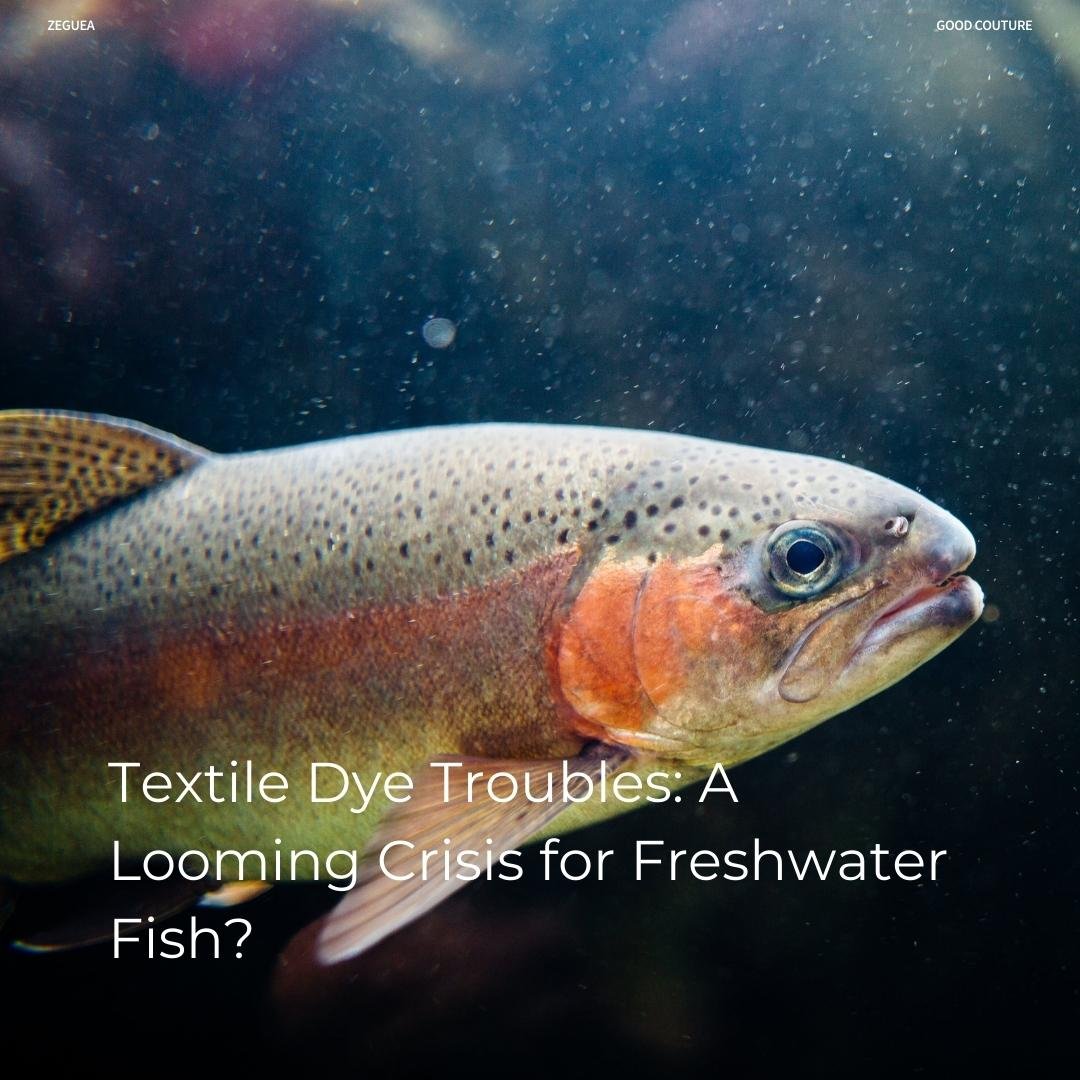
The impact of textile dyes on aquatic ecosystems, particularly on freshwater fish and other organisms, has raised concerns regarding environmental pollution and the potential harm to aquatic life.
A comparative toxicological study examined the impact of untreated and treated textile dye wastewater on Gambusia affinis, a freshwater fish. The study revealed a notable reduction in mortality rates and cytotoxic effects on red blood cells (RBCs). Changes were observed in RBC counts, shape (poikilocytosis), and size variation. Similarly, research on Mastacembelus armatus, a freshwater fish, exposed to textile effluents showed alterations in tissue ionic regulation, specifically decreased sodium and chloride ions and increased potassium, calcium, and magnesium ions in the liver, kidney, and muscle tissues.
Textile industry effluents also affected the behavior of Poecilia recticula, a teleost fish, leading to abnormal swimming patterns, hyperexcitation, rapid opercular movement, and increased mucus production. Histopathological changes included the enlargement of primary gill bars and detachment of secondary gill bars, as well as disintegration of intestinal villi and infiltration of haemocytes into the lumen. In Oreochromis mossambicus, another freshwater fish, the impact of textile dye industry effluent resulted in histological changes in the liver, such as hyperemia, necrosis, and degeneration.
Gita, Hussan, & Choudhury. (2017, December). Impact of Textile Dyes Waste on Aquatic Environments and its Treatment.
Follow @zeguea to discover the world of good couture.
#zeguea#goodcouture#organiccotton#undyed#waterconservation#waterpollution#cleanocean#marinelife#ecosystems#naturalliving#skinhealthawareness#skinhealth#wardrobecleanout#wardrobeplanning#healthfacts#chemicalfreeclothes#foreverchemicals
Photographer Kelly @kellymlacy